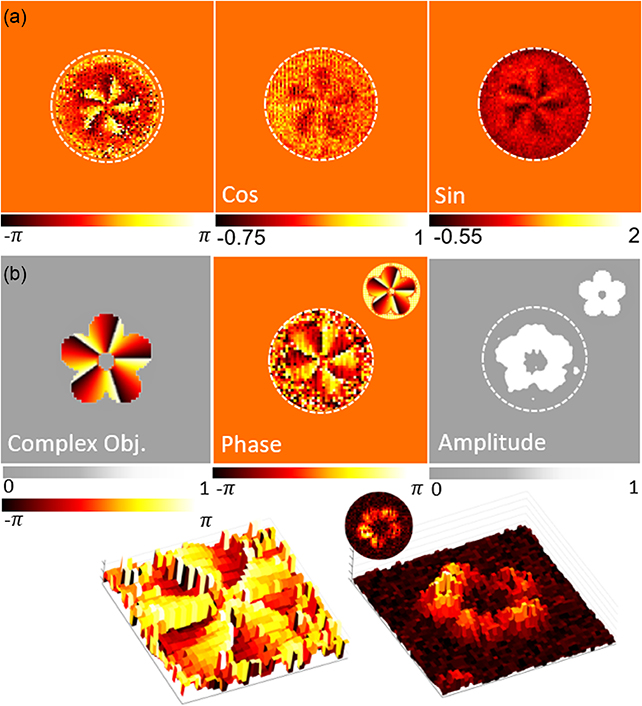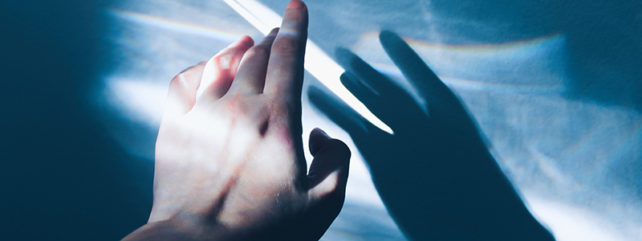Ghost imaging is a sophisticated and incredibly useful set of techniques that scientists deploy to photograph light-sensitive objects in surprisingly high resolution.
By making use of a mix of quantum and classical phenomena to pull visual information from just one of a pair of entangled photons, the method can capture images where energetic rays of light or radiation risk damaging the material of interest.
A new study has revealed a way of improving ghost imaging without adding much to its cost or complexity. In simple terms, it means these techniques will be able to capture more details from more objects.
In quantum entanglement, pairs or groups of unobserved particles are separated after interacting in some way. In this unobserved state their individual properties are a haze of probabilities yet to be pinned down by a measurement.
Still, no matter how their destiny plays out, that eventual measurement will be correlated with the measurements of particles they've met in their past.
In ghost imaging, those unobserved particles are photons. One is sent to interact with the object before being caught by a simple detector. A second photon is sent a different way to be scrutinized and measured in detail.
Though it has effectively seen nothing in its journey, this second photon's state can provide a surprising amount of detail on its partner's experience.
"We would send one of the entangled photons to the object that we want to look at in the dark, and by looking at the photon that stays with us, we can see the properties of the object in the dark," says quantum physicist Bereneice Sephton, from the University of the Witwatersrand, Johannesburg, in South Africa.
So far so clever. But what Sephton and her colleagues have been able to do is enhance this approach by altering the way the photons interact with their environment on their way towards detection.
These alterations affect each particle's distribution of probability, or what's known as its phase, providing a new layer of information which can be used to infer more about the size, shape, and other properties of the object one of them encountered.
By squeezing out a few more details on their phase, the researchers could improve the resolution of the ghost imaging camera.
What's impressive about the research is that it's not a huge revamping of how ghost imaging was done before – rather, it's recognizing that some of the previously hidden 'side effects' of ghost imaging can be useful in the process.

"We found the information was hidden in the technique all along and with a bit of tweaking can let you see very rich and interesting features," says Bereneice Sephton.
On a much larger scale, it's through phase information that gravitational waves are detected at the Laser Interferometer Gravitational-Wave Observatory (LIGO). These waves are indirectly, not directly, observed.
The scientists were able to test their ideas and show that this enhanced version of ghost imaging was indeed possible: the results they got from actual experiments matched up well with their theoretical estimates.
Ultimately it should give scientists using ghost imaging more flexibility in the way they can approach the process, and more detail in the end results, as well as making it much easier to capture certain types of objects.
"We hope this can be used for, among other things, the imaging of sensitive biological samples to see features and properties that would have required much more complicated or expensive means without it," says Sephton.
The research has been published in Optica.
